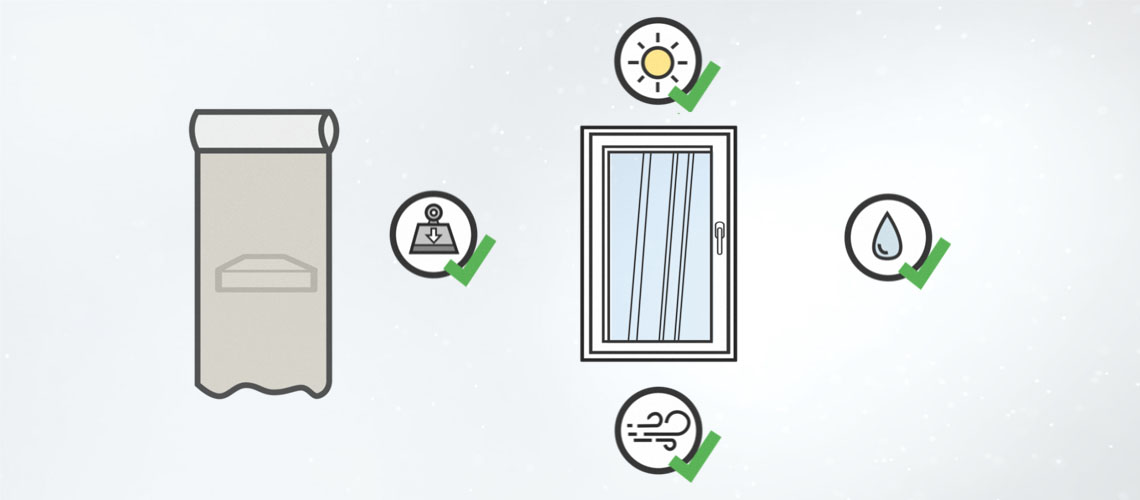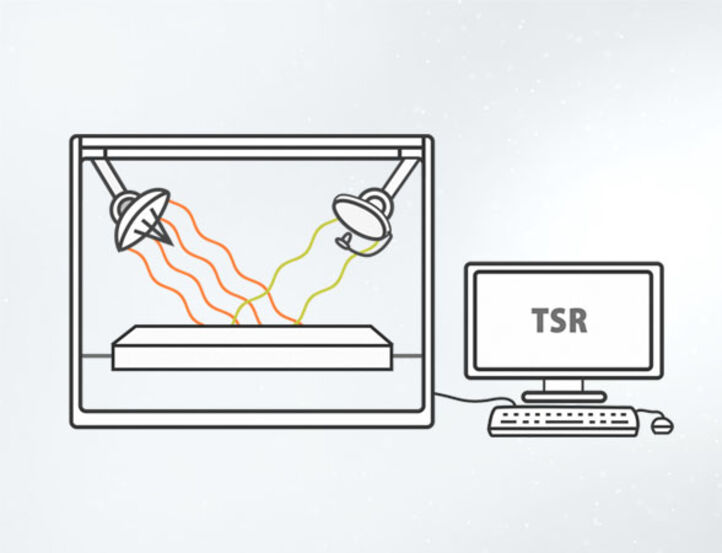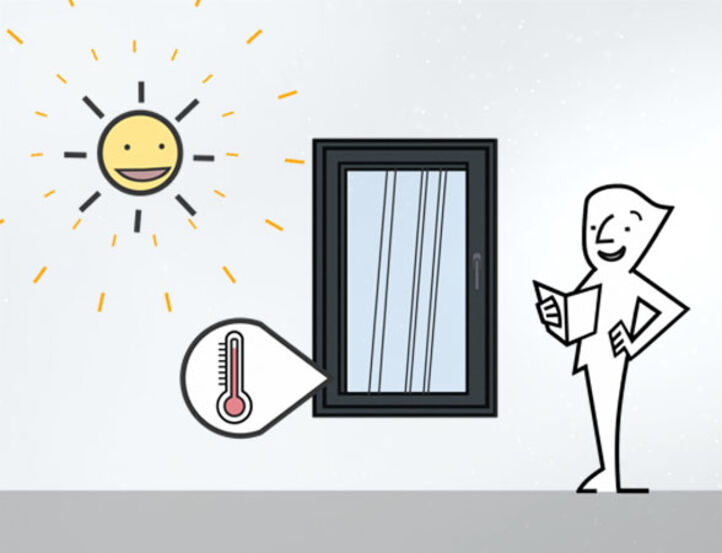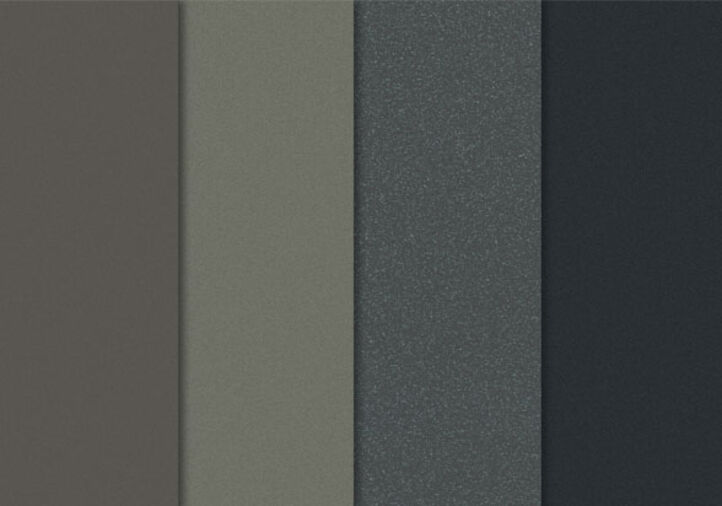Test method: How do we get the sun into the laboratory?
To keep plastic windows cool in the sunshine, we have been working in the laboratory for years on outdoor profile films which reflect as much solar radiation as possible. To check the reflective behavior of profile films, coated plastic profiles have always been examined in the laboratory using special processes. So far, these laboratory tests have been carried out according to the so-called “heat build-up” method. The problem is that the infrared lamps used for this purpose do not mimic sunlight sufficiently closely. Outdoor experiments often revealed different, sometimes even contradictory, temperatures.
Photo: Heat Build-Up process






![[Translate to English:] skai cool colors [Translate to English:] skai cool colors](/fileadmin/user_upload/_Exterior/Landingpages/TSR/Landingpage_TSR_TextMitBildernUntenZweispaltig_01-01_720x407.jpg)
![[Translate to English:] skai cool colors [Translate to English:] skai cool colors](/fileadmin/user_upload/_Exterior/Landingpages/TSR/Landingpage_TSR_TextMitBildernUntenZweispaltig_01-02_720x407.jpg)
